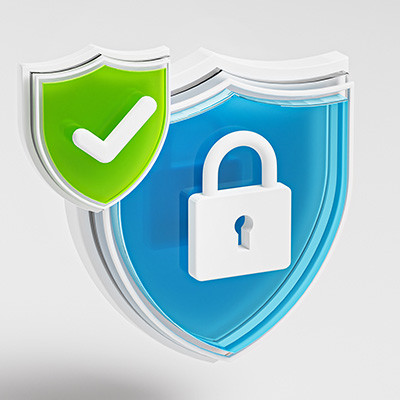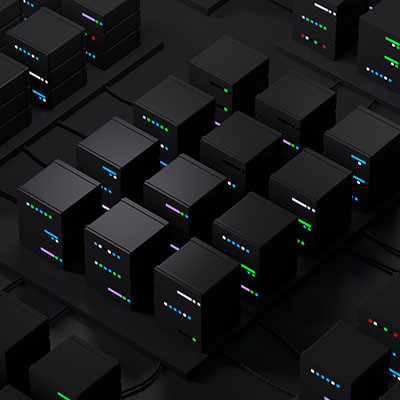Managing a business poses considerable challenges, with a myriad of tasks demanding attention daily just to sustain the status quo. If you want to have a workforce that is not just present but genuinely invested in the enterprise, you will need to actively do more than just go through the motions. The question then becomes: How can one cultivate such dedication? This month, we will take a look at that very question.
Quercus IT Blog
Scams using online retail giant Amazon have become more frequent around the holidays as online purchases tick up. Most of these scams come in the way of impersonation scams. With the holidays upon us, we thought we’d go through what kind of Amazon scams you should look for and how to avoid being a victim.
Cyberattacks are nothing to take lightly. Every year, they cause millions of dollars of damage to unprepared and unprotected businesses, which leads to many of these businesses’ failure. Let’s talk about what ultimately causes cyberattacks, so you know the kinds of situations and behaviors to keep an eye out for.
With the right technology at your side, you can ensure that your operations, productivity, and customer satisfaction are maximized. However, even with all these benefits, small businesses make mistakes, particularly in regard to the implementation process. How can your business overcome the hurdles that stem from improper technology implementation strategies? Let’s take a closer look.
Businesses currently face an unprecedented level of threat from data breaches, with more means of undermining their security out there than ever before. Making the situation worse, all it takes is one to bring significant impacts to your business, from financial and reputational loss, not to mention all the potential legal issues that come into play. Let’s review what you need to do should you ever be on the receiving end of a breach.
When your smartphone battery dies, you’re left feeling inconvenienced and, likely, pretty annoyed. Unless you’re carrying your charger on you at all times, you’ll need to find a solution to your battery charge issues. The solution, like with many other technological issues, is to be proactive and take action to keep your battery from dying in the first place. That’s what we’re here to discuss today.
Are you sure that your business can control all of its data? Are you absolutely certain that it can be accessed when needed? Can you guarantee that it’s as secure as humanly possible, wherever it happens to be? You should be able to answer these questions with an unequivocal and resounding “yes,” yet central data management is far from a simple task.
If your business could go about its daily tasks without having to worry about technology, you would find yourself suddenly much more productive and efficient. Think of all the time and money you could save by not reacting to technology problems. With the right tools and approaches, your company can make great strides toward a more proactive technology management model.
Cybersecurity is complicated, with countless moving parts that all contribute to a well-protected network. This includes password changes, multi-factor authentication, and policies and procedures that could make the average workday a headache for the average office worker. Cybersecurity burnout is a real thing, and it’s becoming a major problem for businesses that don’t approach it intentionally.
All companies have policies in place which govern how their employees use their technology, so it makes sense that any new employees should be onboarded in accordance with these expectations. Let’s go over how you can make sure your new employees know and understand your organization’s policies as they relate to business technology.
Any business that uses information technology needs to be considerate of its security. It’s also important for these businesses to remember that this security is always being innovated upon to better protect their organizations and their users.
Let’s consider why this constant innovation needs to be something that your organization emulates where its cybersecurity policies and processes are concerned.
The prevalence of technology in even mundane, everyday tasks means that more scams are out there to take advantage of unsuspecting victims. Hackers will do everything they can to take advantage of vulnerabilities in your systems, as well as cracks in your employees’ technological know-how. One way you can take the fight to them is by reinforcing appropriate password security measures.
If you find yourself in a position where your business has been hacked, it can be devastating for productivity and efficiency, not to mention the security of your company’s assets—personnel or otherwise. It’s quite easy for even seasoned professionals to expose themselves to these attacks, so how should you respond if you’re the one who has been hacked? That’s what we’re going to discuss today.
Any slowdown, interruption or complete failure of a critical system or network could result in an IT disaster for your organization. These can be triggered internally by employee errors, cyberattacks, or data breaches, as well as natural disasters like floods or fires that can cause equipment failure and power outages.






















